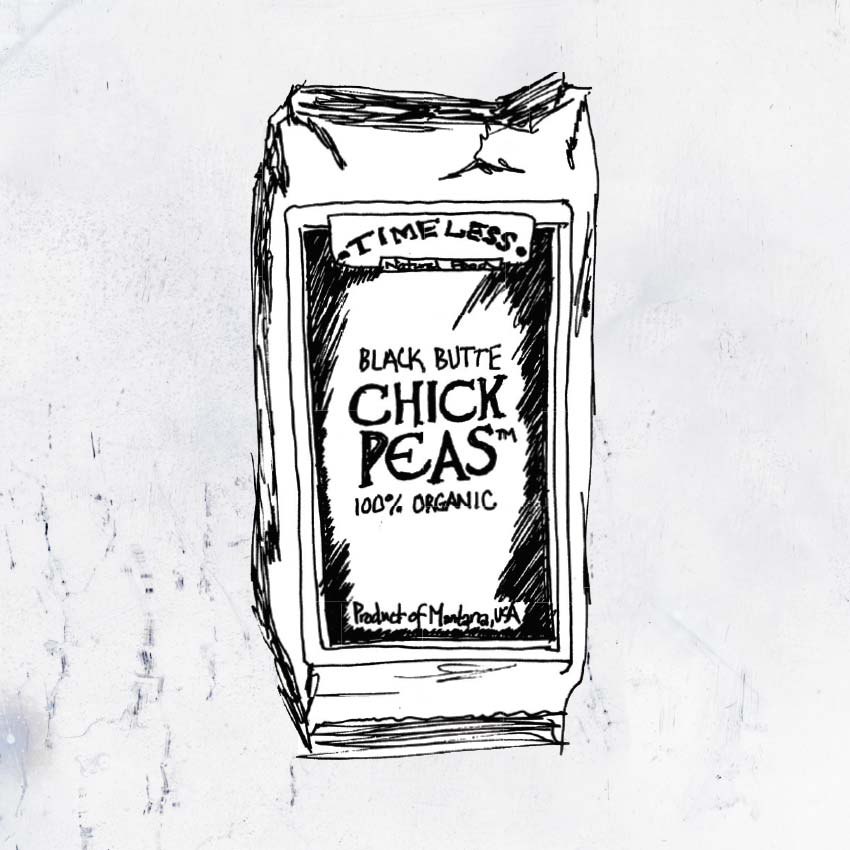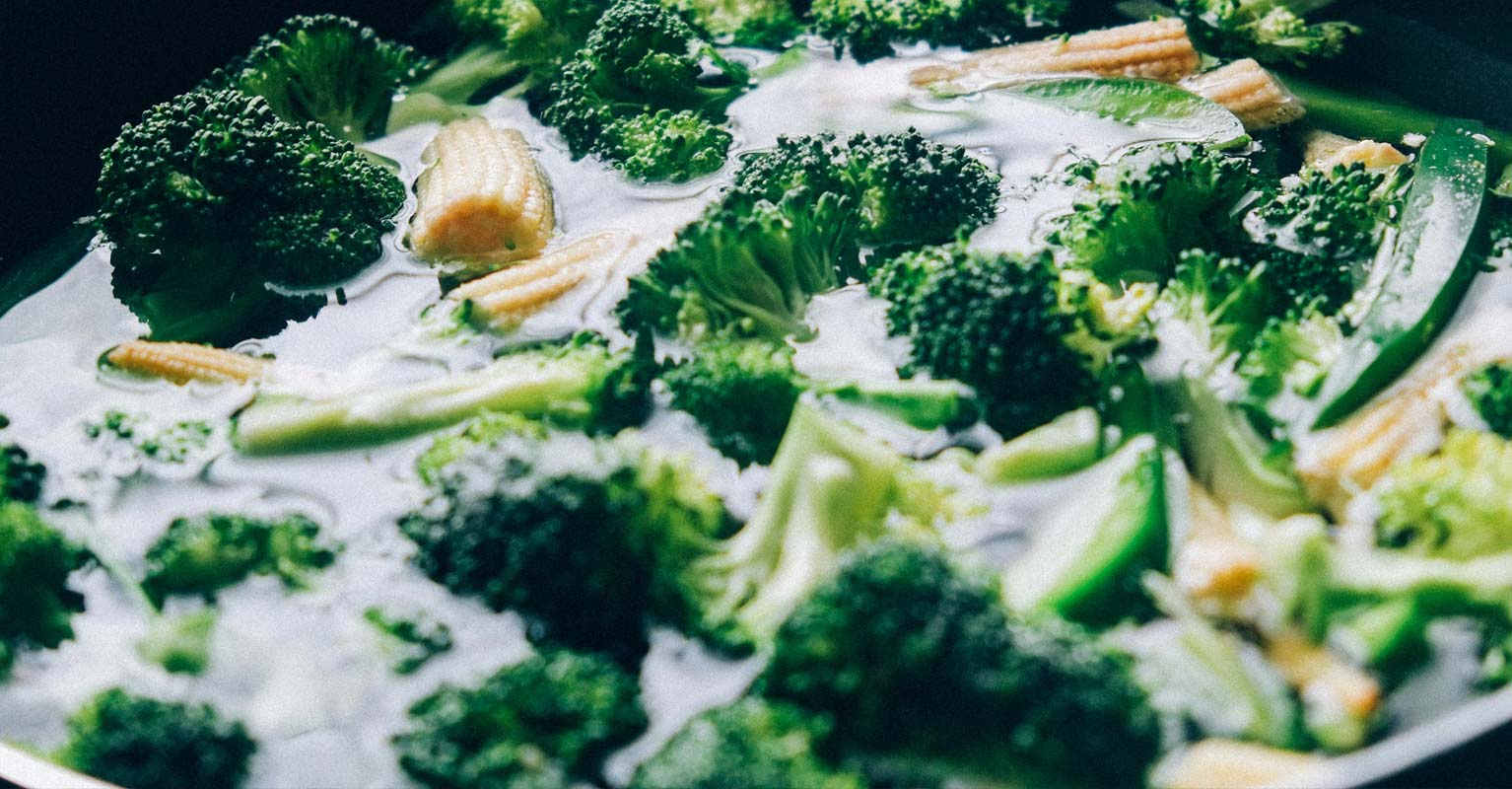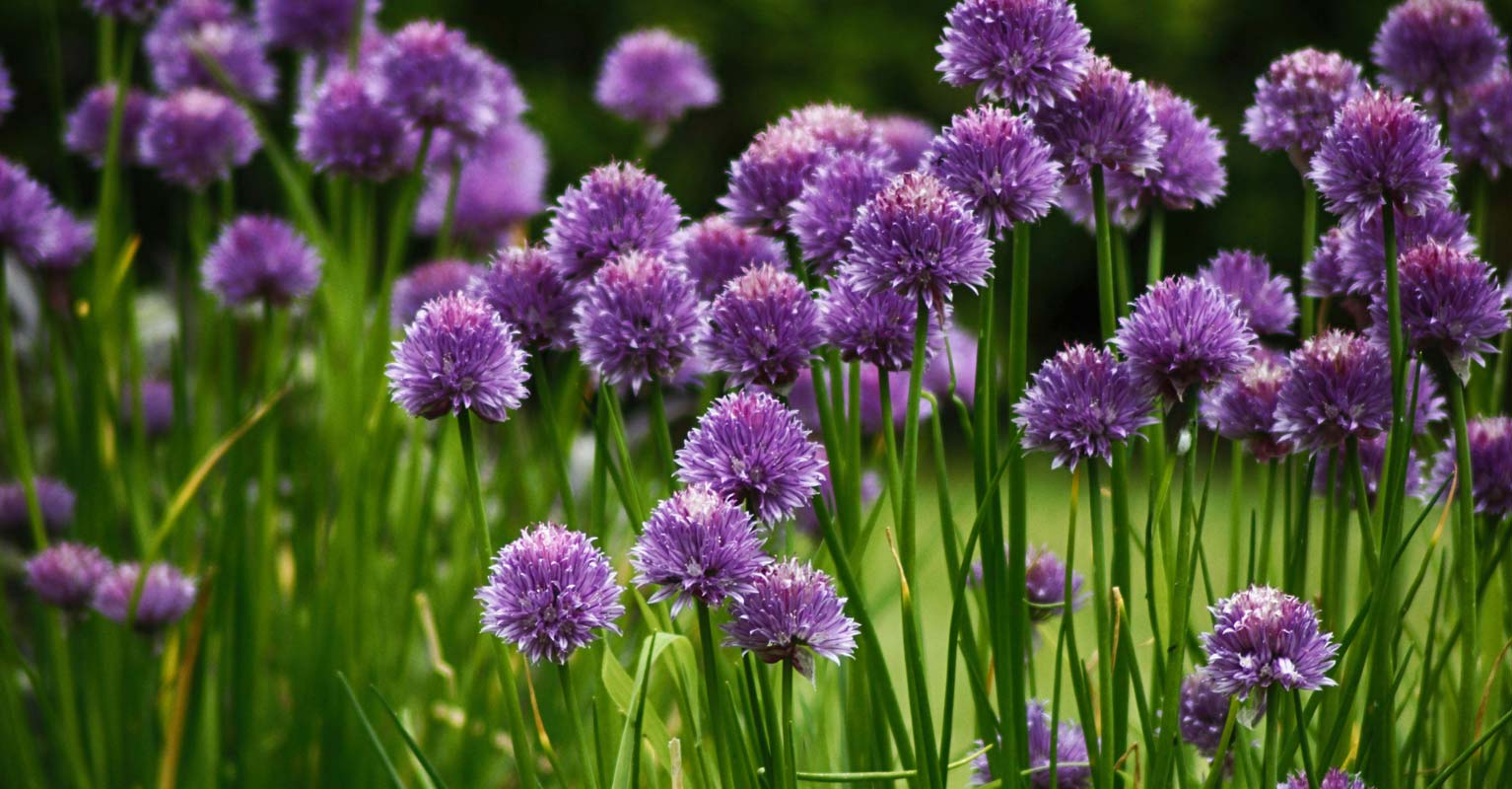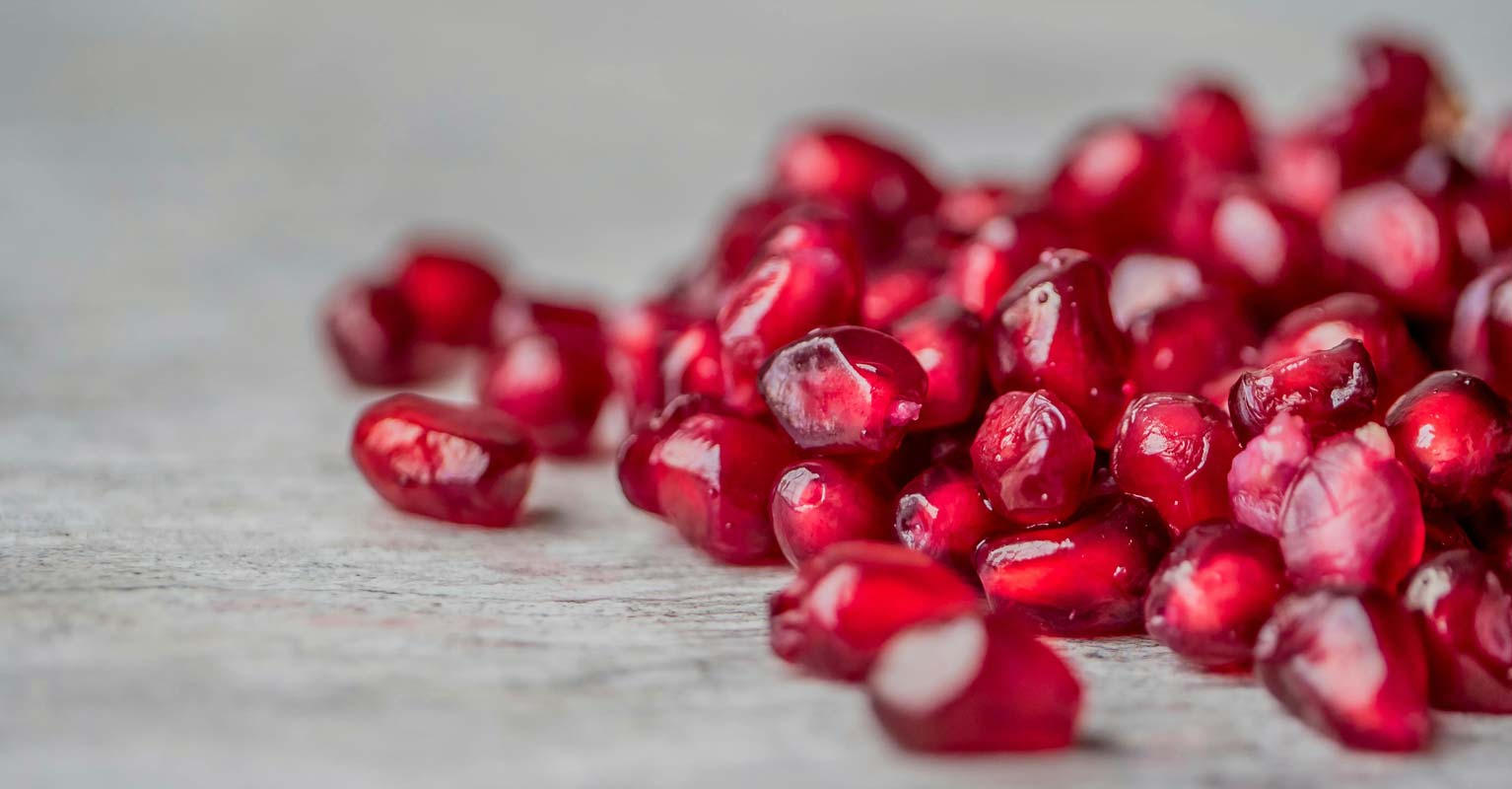Local Roots and Black Butte Chickpeas
RED BEETS
Preparing beets is a bit of a chore: It takes cleaning, cooking, cooling, and peeling. But the work yields a sweet reward. Roasted beets are great friends with oranges, fennel, and winter chicories like radicchio, endive, and escarole. Add a nut (toasted hazelnuts, walnuts, or almonds are nice), a tub of Amaltheia smoked chevre, a quality loaf of bread, and you’re set for dinner. A creamy dressing made with crème fraîche and lemon can gild the lily.
Sliced or diced beets are great in sheet pan roasts, with other root vegetables or on their own. Just make sure everything is cut to similar size, toss with a tablespoon or two of olive oil, and bake at 400°F until they’re done, usually about 30–45 minutes. If you have any leftovers, a morning hash with a freshly chopped shallot or onion is a great way to use them all up.
Beets are surprisingly delicious raw as well, just keep in mind that those you get in the winter are not as tender as the ones harvested in summer, so taste a thin slice and see what you’ve got. Jackie, our publisher, keeps a few peeled raw beets in her freezer to have at the ready for grating into salads. Sounds good to me, as long as you have cashew tamari dressing to go with (see our Summer 2020 issue for the recipe).
You can buy beets locally; our farmers grow lots of them! And if you really don’t want to deal with preparing them, Root Cellar Foods sells them diced and julienned for all your beet-eating needs.
How to prepare and cook beets: Snip off the greens, leaving about a 1-inch stub to hold onto and leave the root intact. Scrub under water with a vegetable brush then place in a glass baking dish. Add about ¼ inch of water to the dish, cover with foil, and bake at 375°F for about 45 minutes, or until tender. Let cool, then peel with a vegetable peeler; the skins should slip off easily. If you don’t have time to peel them right away, you can also set the cooled foil-covered dish in your refrigerator for a couple days to wait for inspiration to strike. Just get them cooked, that’s my motto.
PARSNIPS
Parsnips love winter and you will find them available from local farms throughout the season. Growers harvest them through autumn and when the big snow comes, they let the parsnips over-winter in the ground until they can dig them out in spring when the tubers will be extra sweet.
Enjoy parsnips cooked or raw. If you’re going raw, make thin ribbons using a vegetable peeler and pair with orange, pitted black olives, and a simple vinaigrette like Joshua McFadden does in Six Seasons: A New Way with Vegetables. Sliced parsnips roasted on a sheet pan taste fantastic, as the parsnips develop a sweet, nutty flavor as they caramelize. Parsnips require much less preparation than beets, but again, Root Cellar Foods has you covered. Buy sliced parsnips, drizzle with a tablespoon or two of olive oil right in the container (which, as an added bonus, is usually compostable), then roast at 400°F until caramelized.
BLACK BUTTE CHICKPEAS
A great plant-forward protein for any meal, the black chickpeas from Timeless Natural Food’s network of organic family farmers are great to have cooked and ready to go in your refrigerator. Add to sweet potato creations that use black beans, incorporate into veggie burgers, or make crispy chickpeas and sprinkle on rice bowls, salads, or just snack on them with a cocktail. Purchase at local retailers or order on the Timeless Natural Food website, timelessfood.com, which has the added benefit of offering 10- and 25-pound bulk packages of these organic goodies—perfect for your COVID-19 pantry stockpile.





